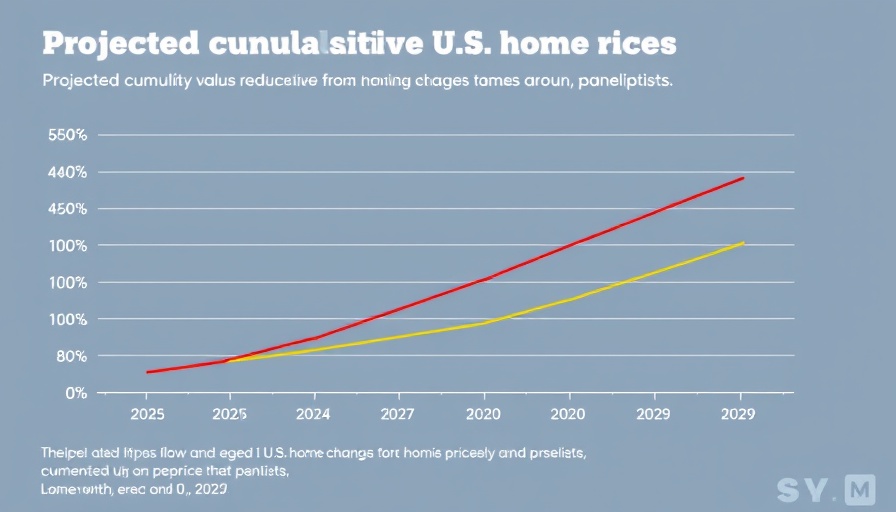
Understanding Coastal Gardening in Zone 10
For many gardeners in North County San Diego, particularly those residing within Zone 10, the uniqueness of coastal gardening can often present both challenges and opportunities. Coastal gardens, defined as any garden situated within five miles of the ocean, experience microclimates shaped by marine influences that can significantly differ from more inland areas. The impact of these conditions can make the experience of growing plants feel like a daunting task, especially under the shadows of the iconic marine layers known as "May Gray" and "June Gloom." But fear not—coastal gardening is not just a matter of dealing with ecological hurdles; it also provides the chance to cultivate a diverse and vibrant array of plants if approached with proper knowledge and timing.
The Unique Challenges of Coastal Gardening
When tending to a coastal garden, it’s essential to recognize how the environment can transform the gardening experience. For instance, low cloud coverage during crucial growing months can lead to slow growth and lower yields, while the coastal humidity creates a breeding ground for fungal diseases such as powdery mildew. Setting the stage for a thriving garden requires an understanding of these differentiators.
In addition to these climatic conditions, space availability can be a limiting factor for many gardeners. Coastal properties often boast smaller lots with limited sun exposure, which further complicates planting decisions. Not only do these circumstances influence what can be grown, but they also necessitate careful gardening strategies tailored to maximize the potential of smaller spaces.
Timing is Everything: Planting Strategies
To navigate the complexities of coastal gardening successfully, timing is vital. A key takeaway for gardeners in Zone 10 is to delay the planting of warm-season crops like tomatoes and beans. Instead of starting these plants in early spring as typically recommended for inland gardens, wait an extra four to six weeks to account for the extended cool periods. By embracing this shift in planting timing, coastal gardeners can take advantage of the longer cool season and increase the number of growing cycles available throughout the year.
Four Essential Tips for Coastal Gardeners
Now that we understand some critical challenges, let’s delve into four practical tips to enhance your coastal gardening experience:
1. Delay Warm-Season Planting
Given the cool challenges posed by late spring and early summer, be patient when planting warmer crops. Make use of the additional cool growing time—this strategy not only allows plants to thrive but also enables gardeners to achieve higher yields.
2. Choose Disease-Resistant Varieties
Selecting plants that resist common coastal diseases can be a game-changer. For example, varieties of tomatoes known for their resistance to powdery mildew should be prioritized. This proactive approach reduces reliance on chemical treatments and encourages a healthier garden ecosystem.
3. Create Microclimates
Utilize the space wisely to create your own microclimates within the garden. Sheltered nooks of your property can provide more sunlight or protection from the wind. For example, employing techniques like container gardening or vertical gardening can maximize sun exposure and create beneficial niches for fragile plants.
4. Plan for Irrigation
Coastal gardening often comes with unpredictable weather patterns. Therefore, having a reliable irrigation plan is essential—consider drip irrigation or soaker hoses to maintain consistent moisture without excessive water loss due to evaporation. This practice not only conserves water but helps ensure your plants receive adequate hydration throughout the growing season.
Embracing Your Coastal Garden
Gardening in Zone 10 poses unique challenges, but the satisfaction of cultivating a successful coastal garden far outweighs the difficulties. No matter the size of your yard, with a little patience and strategic planning, you can transform your coastal gardening endeavors into a rich and fruitful experience.
Are you ready to embrace the beauty and diversity of your coastal garden? The right strategies can turn challenges into successes. Explore your space today and discover how wonderful gardening can be!
 Add Row
Add Row  Add
Add 




 Add Row
Add Row  Add
Add 


Write A Comment